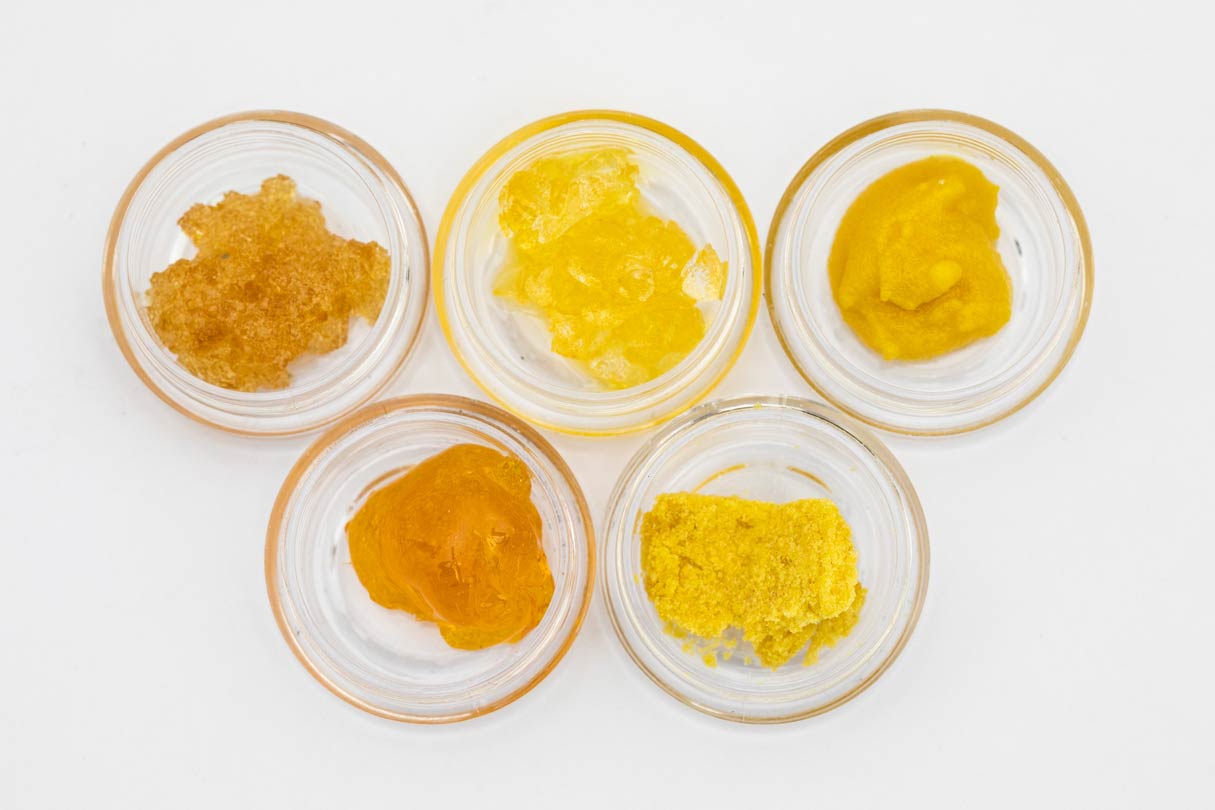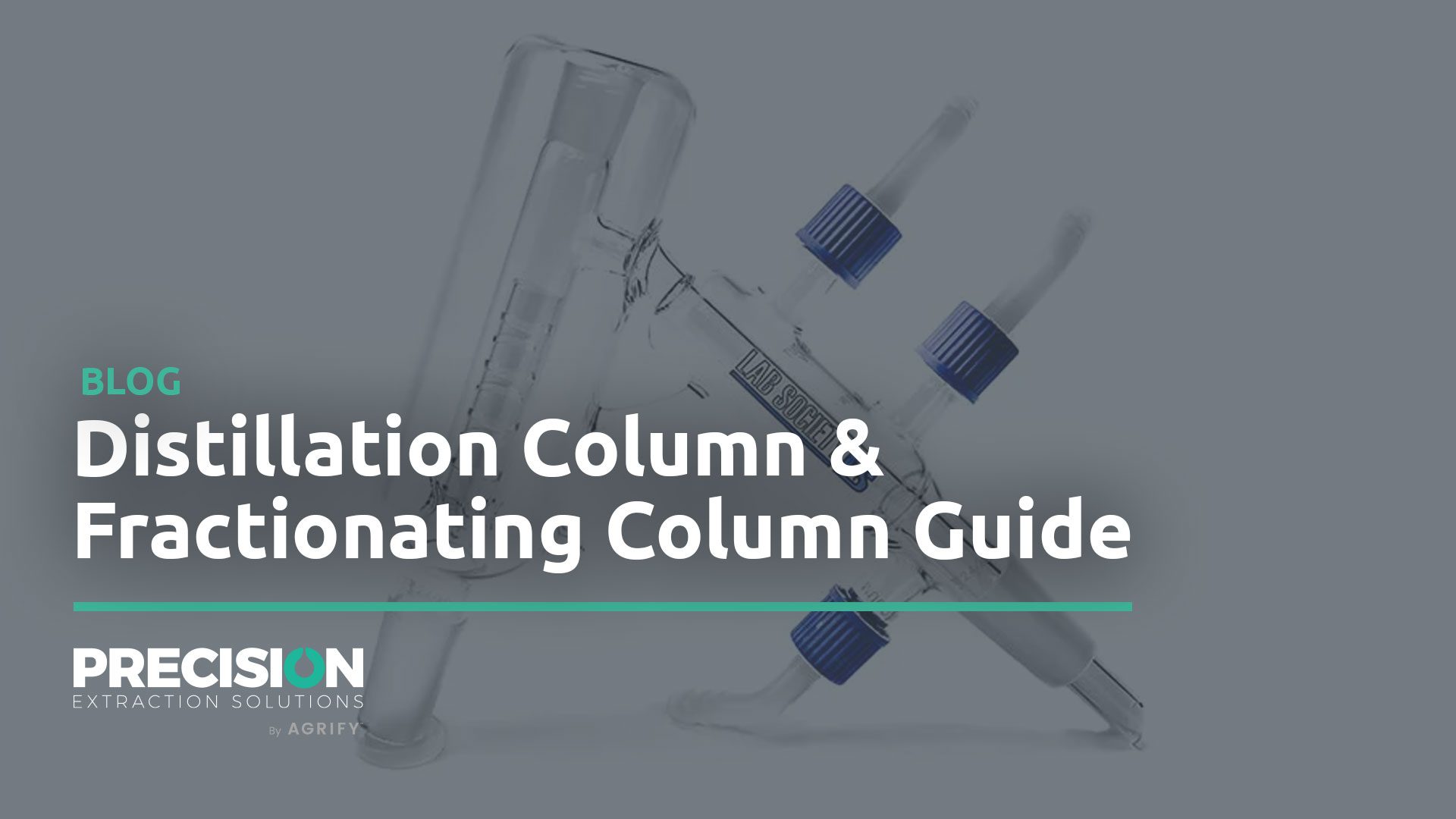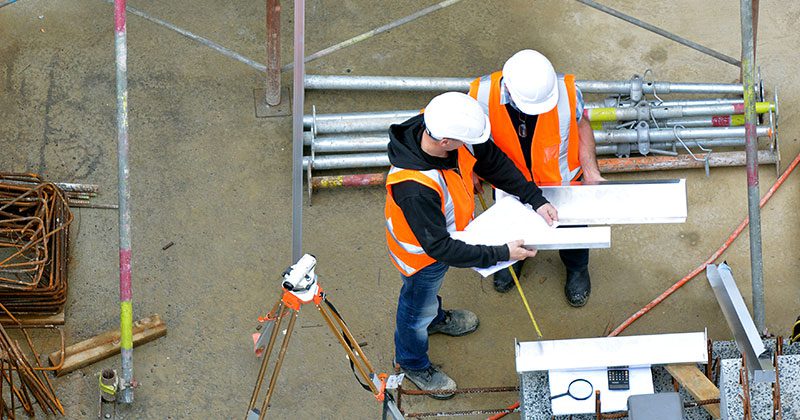
Consumption of cannabis related products has come a long way in the few thousand years since humans were first known to use it for its many purposes. As more states and jurisdictions have legalized marijuana consumption for both medical and recreational use, the need for proper regulation for cannabis extraction has never been greater.
However, as marijuana remains a federally controlled Schedule 1 substance, there are still no clearly defined regulations provided by the FDA for concentrate producers to adhere to. This has left the regulation of cannabis extraction laboratories up to the individual states which have legalized cannabis for medical and recreational use.
This article will outline and expand upon some of the terminology, codes, and regulations in the industry. These codes and regulations have been established by other industries using similar technology to the cannabis industry, and are also being enforced in jurisdictions where cannabis extraction facilities are seeking application and approval.
Key Terminology
3A Sanitary Standards
First introduced in the 1920s by the dairy industry to create standards on hygienic design of equipment. Today’s 3-A maintains a large inventory of design criteria for equipment and processing systems developed using a modern consensus process based on ANSI requirements to promote acceptance by USDA, FDA and state regulatory authorities.
While 3A sanitary standards for cannabis extraction and post processing equipment is not the currently enforced standard, we foresee with federal legalization and FDA oversight that this will quickly usher into the extraction industry.
ASME (American Society of Mechanical Engineers)
“Serves a wide ranging engineering community through quality learning, the development of codes and standards, certifications, research, conferences and publications, government relations, and other forms of outreach.”¹ (ASME.org)
The most relevant codes for cannabis extraction are for pressure vessels and pressure piping often found in your primary hydrocarbon extraction systems.
C1D1 (Class 1 Division 1)
A Class I, Division 1 location is a location:
- “In which ignitable concentrations of flammable gases or vapors may exist under normal operating conditions; or
- In which ignitable concentrations of such gases or vapors may exist frequently because of repair or maintenance operations or because of leakage; or
- In which breakdown or faulty operation of equipment or processes might release ignitable concentrations of flammable gases or vapors, and might also cause simultaneous failure of electric equipment.”² (osha.gov)
If an extraction lab is performing any of the following functions, it is highly probable that a C1D1 Room is going to be necessary for safety and compliance in your jurisdiction:
- Primary cannabis extraction with butane, propane or isobutane
- Primary cannabis extraction with ethanol in a pressurized vessel
C1D2 (Class 1 Division 2)
A Class 1 Division 2 location is a location:
- “In which volatile flammable liquids or flammable gases are handled, processed, or used, but in which the hazardous liquids, vapors, or gases will normally be confined within closed containers or closed systems from which they can escape only in case of accidental rupture or breakdown of such containers or systems, or in case of abnormal operation of equipment; or
- In which ignitable concentrations of gases or vapors are normally prevented by positive mechanical ventilation, and which might become hazardous through failure or abnormal operations of the ventilating equipment; or
- That is adjacent to a Class I, Division 1 location, and to which ignitable concentrations of gases or vapors might occasionally be communicated unless such communication is prevented by adequate positive-pressure ventilation from a source of clean air, and effective safeguards against ventilation failure are provided.”³ (osha.gov)
If an extraction lab is performing any of the following functions, it is highly probably that a C1D2 Room or compliant lab design is going to be required for safety and compliance in your local jurisdiction:
- Primary cannabis extraction with ethanol solvent using a centrifuge (non-pressurized vessel)
- Solvent recovery
Note: Any of these functions can also be performed in a C1D1 room.
CE
Identification marking for products to signify that they conform to applicable regulations for the European market.
This would be applicable, or necessary, for all pieces of cannabis extraction equipment in a laboratory.
CSA (Canadian Standards Association)
A global organization dedicated to Standards Development and Testing, Inspection, & Certification.
In order to purchase and use cannabis extraction equipment in any Canadian province, a CSA certification must be provided by the manufacturer.
CRN (Canadian Registration Number)
An identification number that is used to identify pressure containing components in Canada and meets CSA standard B51.
In order to purchase any cannabis extraction equipment containing pressurized vessels in Canada, your manufacturer must have a CRN certification. Primary extractors like our X10 and X40 extractors have a CRN certification. It is important to note that each Canadian province has its own CRN certification number. Ensure you check whether each piece of extraction equipment is compliant in your province prior to purchase.
EPR (Engineering Peer Review)
Design review performed by a professional engineer, like PSI (Pressure Safety Inspectors), to ensure compliance with the relevant codes in a jurisdiction.
Primary cannabis extraction equipment is required to be engineer peer reviewed. A peer review is considered valid only in the states in which a professional engineer is licensed.
FDA (Food and Drug Administration)
“Responsible for protecting the public health by ensuring the safety, efficacy, and security of human and veterinary drugs, biological products, and medical devices; and by ensuring the safety of our nation’s food supply, cosmetics, and products that emit radiation.”4 (fda.gov)
Because cannabis is not a federally approved substance, the FDA currently seems to lack the appropriate resources to adequately oversee and enforce. To date, the FDA is empowering the individual states which have legalized medical and recreational cannabis to regulate products on the market.
cGMP & GMP (Good Manufacturing Practices)
Current Good Manufacturing Practices – refers to the regulations enforced by the FDA. cGMPs provides for systems that assure proper design for manufacturing facilities. The “c” in cGMP stands for current which indicates the most up-to-date standards.
When cannabis becomes federally legalized it will likely fall into one of the following categories which will be subject to cGMP requirements:
- Food
- Dietary Supplements
- Drugs
Each of these categories has an increasing level of regulatory requirements.
MAQ (Maximum Allowable Quantity)
Refers to the largest amount of hazardous material per control area.
In a cannabis extraction facility, you are limited to the amount of solvent you can store in your facility. It is important to note that the maximum allowable quantity can vary based on the construction of your individual facility and the authority having jurisdiction (AHJ).
MEP (Mechanical, Electrical & Plumbing)
MEP engineering is the science and art of planning, designing and managing the MEP systems of a building.
It is recommended that MEP engineers are used when designing your cannabis extraction laboratory and facility. Using an MEP engineer can help ensure your plans are to code and will pass inspection.
NFPA (National Fire Protection Agency)
“A global self-funded nonprofit organization, established in 1896, devoted to eliminating death, injury, property and economic loss due to fire, electrical and related hazards.”5 (nfpa.org)
Commonly referenced and enforced codes for cannabis extraction include:
- NFPA 1 – Fire Code Handbook
- NFPA 58 – Liquified Petroleum Gas Code
- NFPA 70 – National Electrical Code
- NFPA 30 – Flammable and Combustible Liquids Code
You will want to ensure that your extraction equipment was designed and manufactured to meet these codes. This is accomplished through the EPR (Engineer Peer Review) process. See “PSI (Pressure Safety Inspectors)” definition for a provider of engineering peer review services.
NRTL (Nationally Recognized Testing Laboratory)
Recognized by the United States Occupational Safety and Health Administration (OSHA) as an independent third-party laboratory to test and certify products to applicable product safety standards.
Many ancillary pieces of primary extraction equipment and post processing will have a NRTL certification badge to verify that the equipment is made to the appropriate standard.
OSHA (Occupational Safety & Health Administration)
Ensures safe and healthful working conditions for working men and women by setting and enforcing standards and by providing training, outreach, education and assistance.
OSHA is a labor protection regulation. Cannabis extraction equipment itself will not be OSHA approved, however your facility will be subject to OSHA requirements.
PSI (Pressure Safety Inspectors)
Provides field verification, engineering peer reviews and consulting services to the cannabis extraction industry.
All primary extraction equipment will need to be peer reviewed by a certified professional engineer, like those at PSI. A peer review is only valid in states in which the professional engineer is licensed. To date, only one extraction equipment manufacturer is peer reviewed in all 50 states.
UL (Underwriters Laboratories)
“Helps companies to demonstrate safety, enhance sustainability, strengthen security, deliver quality, manage risk and achieve regulatory compliance.”6 (ul.com)
Ancillary extraction equipment (such as pumps, heaters, chillers, ovens, etc.) will have a UL certification provided by the manufacturer.
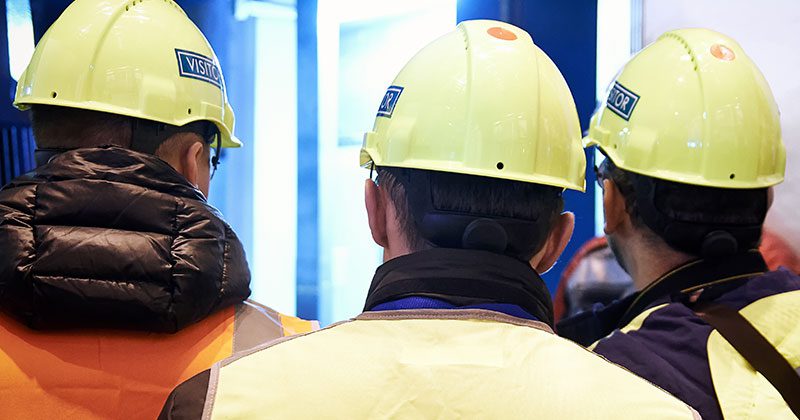
Necessary Compliance for Cannabis Extraction
There are numerous codes and regulations that must be adhered to when considering building a facility for cannabis extraction. The solvents and processes used are very dangerous and must be handled with extreme care. The local fire marshal or other AHJ (authority having jurisdiction) will be a key resource to ensure you follow all building codes during the process.
Some of the key codes and considerations are below.
NFPA 1 – Fire Code Handbook
As the cannabis industry has matured so must the codes be updated to grow along with it. Chapter 38 of NFPA 1 was added for this very reason. Marijuana Growing, Processing or Extraction Facilities was added in 2018 as a request from jurisdictions that were seeing an increase in facilities processing marijuana, either growing, harvesting or extracting THC oils from the plant to use in other marijuana-based products. This provides guidance for all aspects of cannabis extraction.
Ventilation
First, you need to determine the type of cannabis extraction you will be performing. A C1D1 environment is required for extractions using LPG and a C1D2 environment is required for less volatile extractions such as ethanol. The ventilation rate must be sufficient to maintain the concentration of vapors within the area at or below 25% of the lower flammability limit (LFL).
Volatile Solvents
LPG is a common solvent used in cannabis extraction and has a multitude of hazards associated with its use. NFPA 58: Liquified Petroleum Gas Code outlines the necessary requirements for its safe inclusion in the extraction process. Ethanol is also used in the extraction process and as such is classified as a Class IB Flammable Liquid. Details on how to handle such liquids is discussed in NFPA 30: Flammable and Combustible Liquids Code.
Electrical Equipment
Another very important thing to consider when setting up your cannabis extraction facility is the use of electronic equipment. Any electronic equipment that is placed in a classified location must carry the appropriate explosion rating in order to be present. There are several ways this may be achieved and are outlined in NFPA 70: National Electrical Code. A common method to mitigate the use of non-classified equipment such as a chiller is to pipe in the chilling fluid from outside of the classified location into the classified location.
Waste Disposal
One overlooked area that is extremely important is waste disposal. In most cases there will be both solid and liquid waste streams that must be considered. (coloredmanga.com) Air quality regulations may also be applicable based on the jurisdiction. The regulations that cover the proper handling of hazardous waste are governed by the Department of Environmental Quality for your State/Jurisdiction.
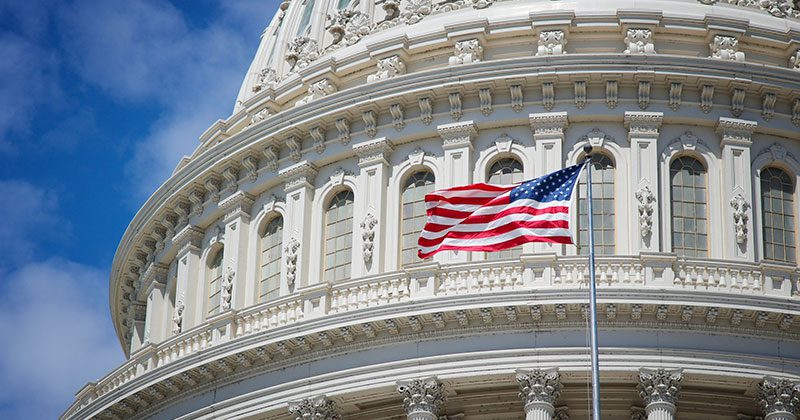
Cannabis Extraction Regulations to Follow
When considering the regulations that are required to be followed for cannabis processing you have to consider regulations on the state and federal levels and which may apply to you. What type of products are you selling? Are you a dispensary? Are you making concentrates or edibles?
State Regulation
On a state level you must abide by what the legislature has put into effect. Each state is different. Some handle cannabis extraction regulation through their department of agriculture, some through their health department and some have created separate entities entirely such as Michigan (https://www.michigan.gov/mra).
Federal Regulation
On a federal level CBD and THC containing products remain illegal for interstate commerce leaving regulations up to the individual states that have legalized cannabis. However, existing regulations for other industries such as food can be applied until which time federal legalization/decriminalization of cannabis becomes a reality. At a minimum, Good Manufacturing Procedures should be followed for any food or food type product in cannabis extraction.
How We Can Help with Cannabis Extraction Lab Compliance
Precision extraction equipment comes fully certified for all jurisdictions in the US through our engineering peer review approvals. After installation, the equipment will be field verified by PSI (Pressure Safety Inspectors) to confirm the equipment is installed properly. Following the appropriate codes, standards, and regulations for cannabis extraction will help you to gain approval from the local AHJ.
If you are unsure whether you are compliant or would like some professional assistance in designing your extraction laboratory and selecting equipment, please contact Precision Extraction Solutions.
Citations
- ASME.org. “The American Society Of Mechanical Engineers.” About ASME, https://www.asme.org/about-asme.
- United States Department of Labor. “Occupational Safety and Health Administration.” https://www.osha.gov/laws-regs/regulations/standardnumber/1910/1910.399.
- United State Department of Labor. “Occupational Safety and Health Standards.” https://www.osha.gov/laws-regs/regulations/standardnumber/1910/1910.399.
- FDA. “What We Do.” 28 03 2018, https://www.fda.gov/about-fda/what-we-do.
- National Fire Protection Association (NFPA). “About NFPA.” https://www.nfpa.org/About-NFPA.
- UL. “About UL.” https://www.ul.com/about.
